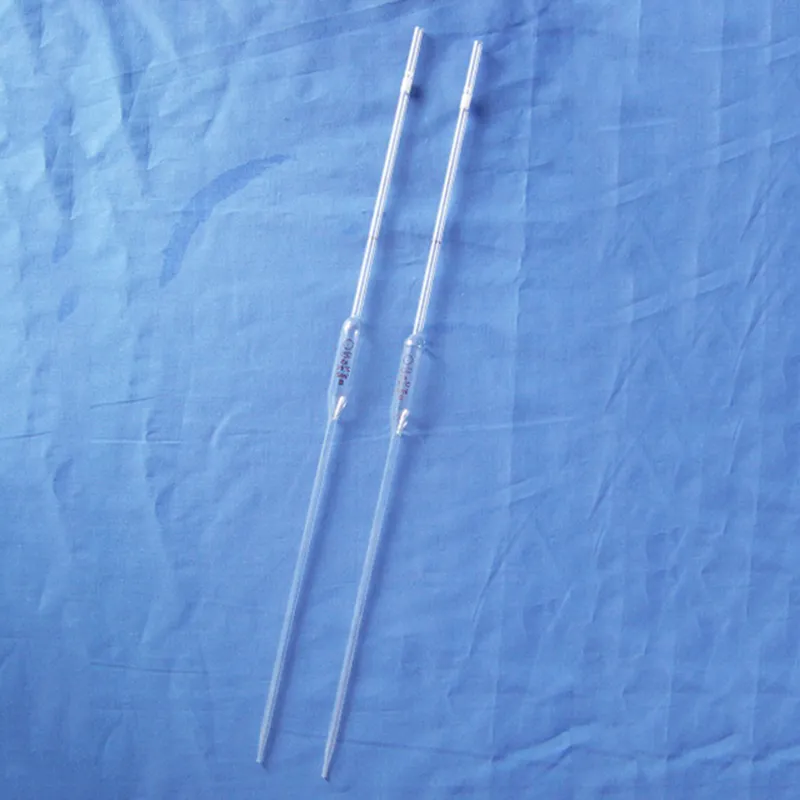
The coarse adjustment knob microscope is engineered for precision and versatility, featuring adjustable magnification levels and ergonomic design for continuous use. Its optical system delivers uniform brightness and sharp focus on different specimens. Equipped with illumination controls within, the coarse adjustment knob microscope maximizes contrast and clarity, enabling easier observation of delicate structures. Digital cameras and connectivity options for real-time image acquisition and sharing are included in most models. The coarse adjustment knob microscope is built with durable materials to maintain stability of performance despite routine laboratory use.

Applications of the coarse adjustment knob microscope cross into different spheres. It enables disease diagnosis by examining tissue sample and blood smears in medicine. In materials science, the coarse adjustment knob microscope is employed to examine crystal structures, coatings, and composites. In life sciences research, it is used in visualization of cell morphology, patterns of growth, and intracellular action. The coarse adjustment knob microscope also offers quality inspection for production with precision in semiconductor fabrication and microfabrication. It is used in museums and conservation laboratories to examine pigments and fibers in artifacts from ancient times.

Future technology is revolutionizing the future of the coarse adjustment knob microscope, focusing on automation, high speed, and visualization. New-generation models will be provided with sophisticated image-processing algorithms to process information in real time. The coarse adjustment knob microscope will likely utilize adaptive optics for improved imaging at higher magnifications, both to the advantage of biological and materials research. Handheld and portable versions will become standard, bringing microscopic study to the location. With growing demands for sustainability, energy-saving coarse adjustment knob microscope versions will also run laboratories worldwide.

Cleaning, checking, and storing the coarse adjustment knob microscope with care is part of taking care of them. Dust accumulation can impact both optical and mechanical performance, and thus covering the coarse adjustment knob microscope when idle is inevitable. Avoid handling objective lenses with unmasked fingers to prevent oil smudges and residues. Remove immersion oil instantly after observation. The coarse adjustment knob microscope are kept in a controlled, temperature-stable environment. Periodic focus and illumination system calibration ensures image quality in the long term.
With a coarse adjustment knob microscope, human man can explore the microcosm with unprecedented clarity. The instrument magnifies small samples so that exact study can be conducted in laboratories, clinics, and schools. The coarse adjustment knob microscope recognizes cell morphology, bacterial cultures, and intricate material surfaces. Although optical and electronic technology has been enhanced, the coarse adjustment knob microscope of today's time offers more magnification, image stability, and integration into digital media for efficient data registration and perception.
Q: What is a microscope used for? A: A microscope is used to magnify tiny objects or structures, allowing detailed observation of cells, microorganisms, and materials that are invisible to the naked eye. Q: How often should a microscope be calibrated? A: To maintain measurement accuracy and ensure accurate focus during research or analysis, regular calibration should be performed, typically once or twice a year. Q: What type of light source is commonly used in a microscope? A: Most modern microscopes use LED or halogen light sources, which provide stable light and adjustable brightness for clear images at a wide range of magnifications. Q: Can a microscope be connected to a computer? A: Yes, many microscope models feature USB or HDMI ports that allow image capture and digital display through specialized imaging software. Q: How should a microscope be stored when not in use? A: A microscope should be covered with a dust shield and stored in a cool, dry location to prevent contamination and protect optical components from humidity.
We’ve been using this mri machine for several months, and the image clarity is excellent. It’s reliable and easy for our team to operate.
The delivery bed is well-designed and reliable. Our staff finds it simple to operate, and patients feel comfortable using it.
To protect the privacy of our buyers, only public service email domains like Gmail, Yahoo, and MSN will be displayed. Additionally, only a limited portion of the inquiry content will be shown.
I’d like to inquire about your x-ray machine models. Could you provide the technical datasheet, wa...
We’re looking for a reliable centrifuge for clinical testing. Can you share the technical specific...
E-mail: [email protected]
Tel: +86-731-84176622
+86-731-84136655
Address: Rm.1507,Xinsancheng Plaza. No.58, Renmin Road(E),Changsha,Hunan,China